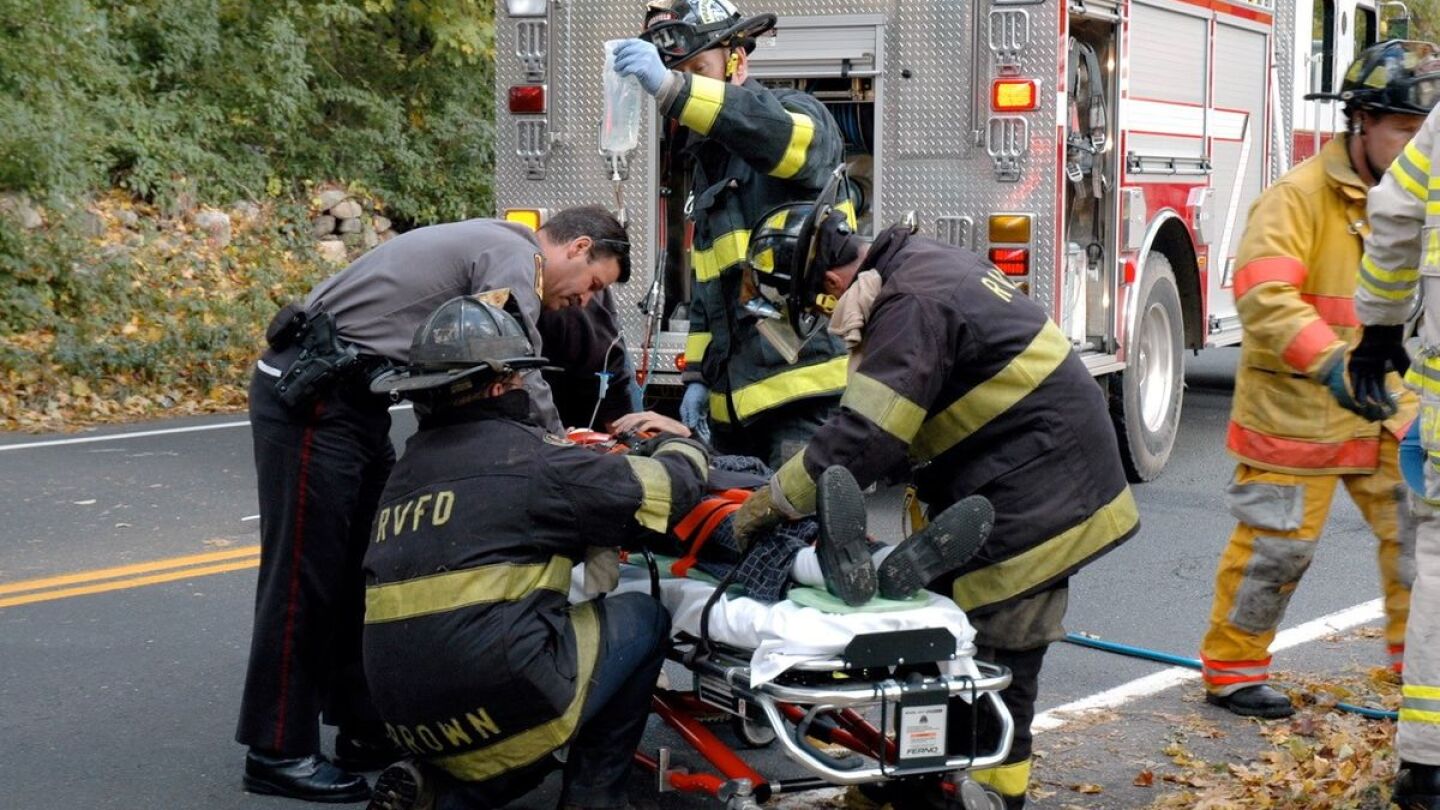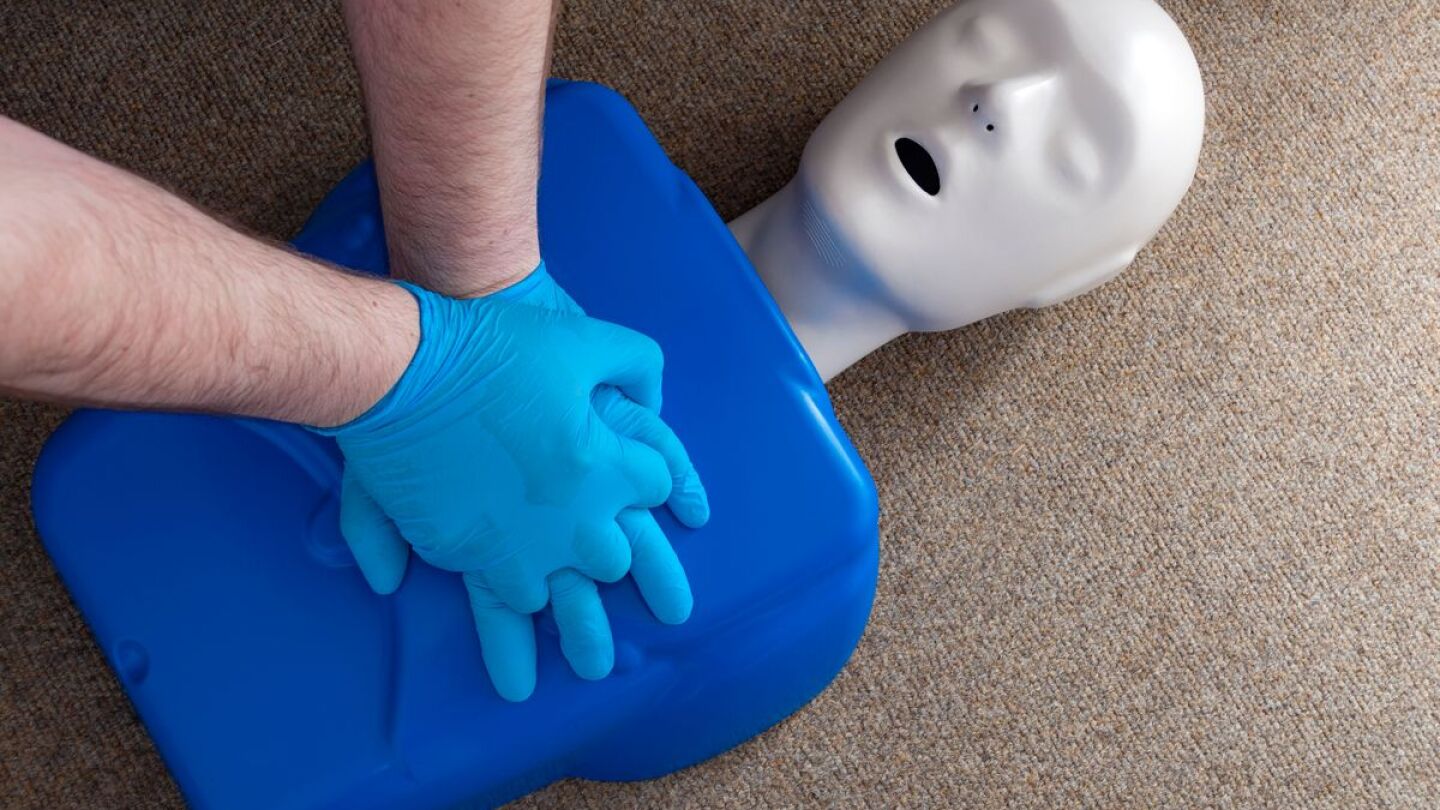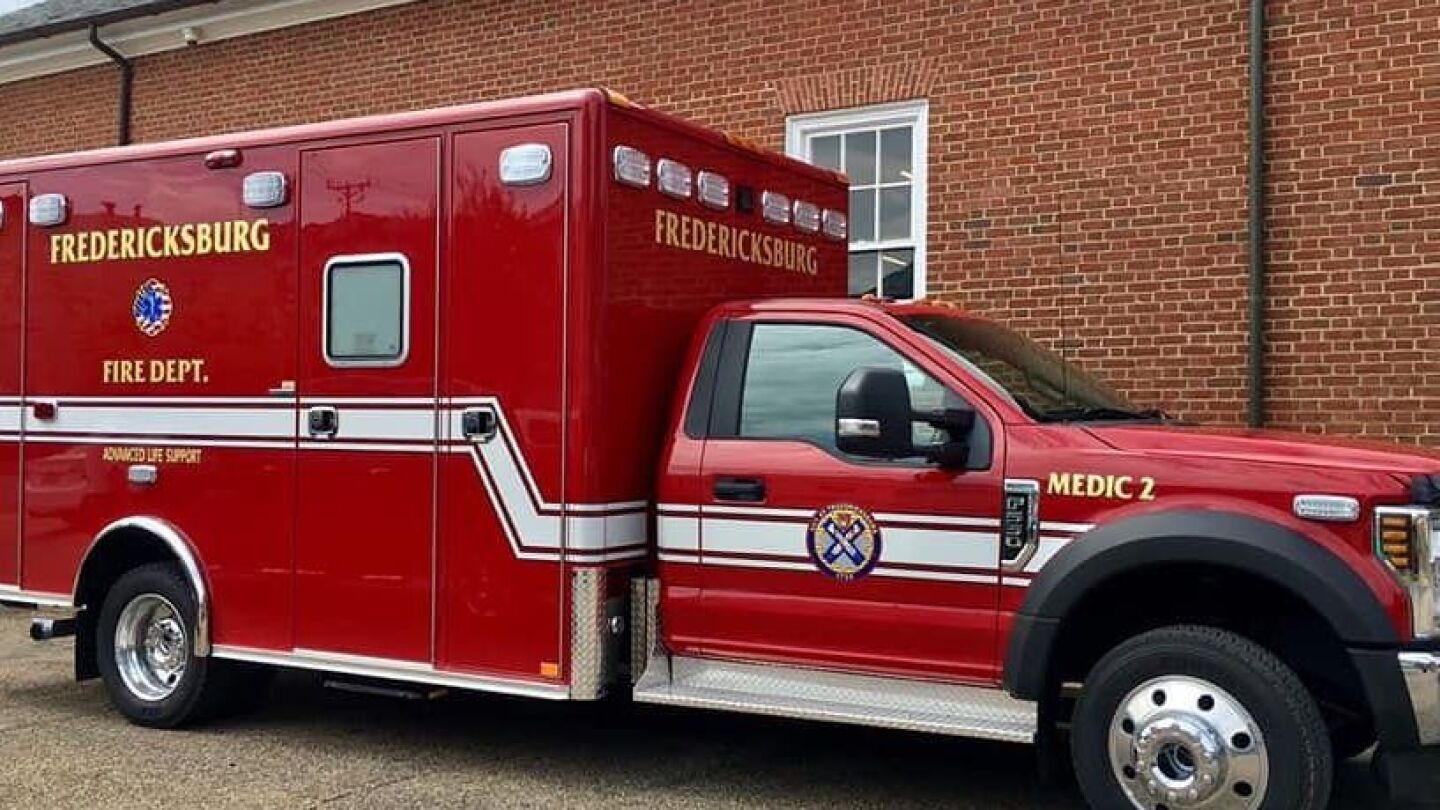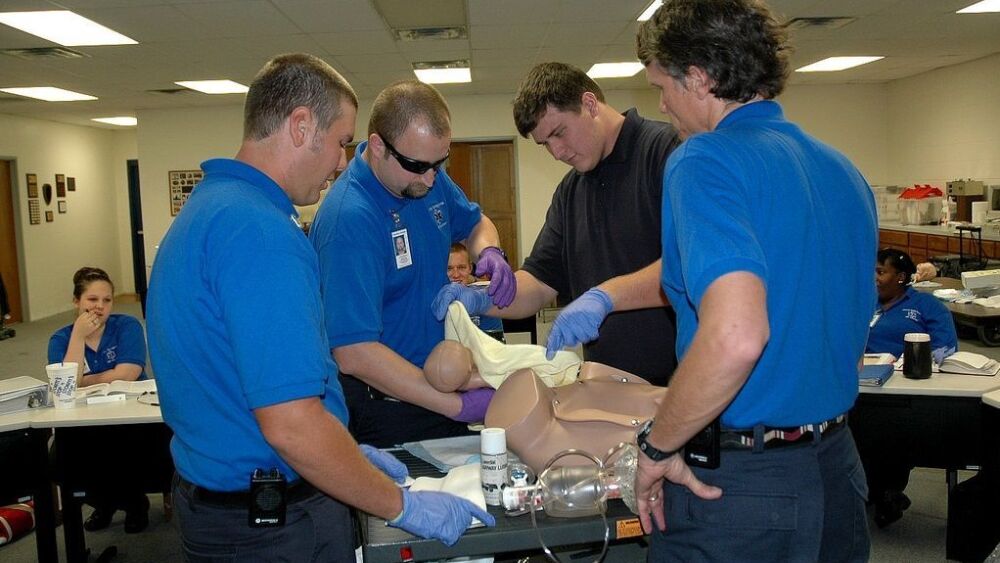ALS
Be prepared for the unique challenges of law enforcement officers wounded on the job
Follow these steps to define roles, identify and mitigate hazards, and work toward the best possible patient outcome
NREMT is discontinuing the ALS psychomotor exam. That’s a good thing, if you let it be
This year’s topics include video-based dispatch systems, COVID-19 infection risk to rescuers, an extensive review of neonatal cord management and more
Medic Deputy Director John Studnek says response configuration change is “going to help us bridge the gap of the long-term problem of staffing”
All 60 members of the Ames Fire Department are on track to be EMT-certified by January
In this episode, our hosts discuss a Pinnacle presentation by Bryan Bledsoe, and do a deep dive on the industry aspects he identified as needing an overhaul
Bryan Bledsoe: “EMS must be fixed with bulldozers not tweezers”
Newark’s fire and police unions raised concerns about training, equipment and compensation related to the new response plan
A large number of supporters attended a council meeting Wednesday to support the service as the city considered switching to a full-time service
Shelly LeGere is currently campaigning to have ALS fire apparatus respond to medical calls
Fairfield Bay EMS members said the volunteer service is important to the community and provides adequate coverage
Travis County Emergency Services District No. 2 said in a letter that the creation of an “overlay” district to raise tax revenue is necessary for continuing operations
Venice Fire Rescue held a swearing-in ceremony Wednesday after the city agreed to implement fire-EMS services with a staff of 24 firefighter-paramedics
Gaston County EMS leadership embarked on a plan to equip every transport-capable ALS unit in Gaston County with a ventilator
Learn more about optimizing EMS efficiency through dynamic deployment models
How to add intranasal drugs to the BLS scope of practice, and why it would be a valuable addition to the BLS toolbox
Test your knowledge of complex neural systems to understand the link between treatments and therapeutic goals
Knowledge of complex neural systems can help paramedics link medications to therapeutic goals
Triage burn victims for inhalation injury and fluid administration by putting these four pieces of the puzzle together
A non-profit School Emergency Response Coalition is equipping students with life-saving emergency response training and equipment
A paper published in the Journal of Rural Health calls for changes to paramedic scopes of practice for airway and ventilator management in response to COVID-19
The Ontario Prehospital Advanced Life Support (OPALS) Study – a must read for EMS, investigates cardiac arrest, major trauma and respiratory distress
Residents were raising concerns about the firing of an Alaska fire chief and assistant chief when a man collapsed, prompting an EMS response
Fire agencies in Lancaster and Bolton will collaborate to provide advanced life support services after their previous ALS provider abruptly pulled out
The department plans to provide nontransport advanced life support in anticipation that their county’s ambulances will be taxed responding to the next county over
Charlotte’s MEDIC deputy director explains how a proposed leave-at-home policy will be a well-researched study into giving the patient the right treatment at the right time
First responders are calling the new proposed ALS policy “an attack on the fire agencies’ ability to deliver EMS to the citizens we serve”
Fredericksburg’s City Council set a priority in 2014 to establish around-the-clock advanced medical service to address the burden of increased medical calls
We’ve all heard about getting ‘back to the basic,’ but sometimes paramedics need to make sure they get back to the advanced, as well
Advanced life support measures exist on a spectrum, shifting the definition of ALS vs BLS
Policies, training and practice changes resulted in faster response time, penalty savings and improved morale across EMTs, paramedics and EMS leadership
The training will enable California EMTs to administer and use naloxone, epinephrine and a glucometer, according to the California Emergency Medical Services Authority
MOST POPULAR
- Whatever will we do without the skill sheets?
- Will EMS matter in the future of healthcare?
- Wis. fire, EMS departments create mutual aid, ALS intercept agreement to prepare for hospital closings
- EMS From a Distance: ALS? BLS? Let skills fall where they may
- Fire dept. credits ALS training for high save rates


































